- Home
- Learn
- Virtual Exhibits
- Art of Wampum
ART OF WAMPUM


The Art of Wampum was a month long display in the CAP ArtSpace at the Tompkins Center for History & Culture in November 2021 showcasing replica wampum belts woven by Rich Hamell of the Seneca Art & Culture Center at Ganondagan, and wampum inspired prints by Brandon Lazore (Onondaga Nation) and Bruce King (Oneida Nation) exploring the histories and meanings captured in the traditional belt designs and the historic events they symbolize. Wampum are carved beads made from white and purple edged mollusk (often the quahog clam and channeled whelk). Wampum beads are woven or strung in a symbolic design or pattern that represents historic events, government agreements, and as a reminder device for oral tradition used in ceremonies. Wampum belts have been used by Indigenous nations in our region for centuries, and some of the belts on display highlight political rights dating back hundreds of years before the founding of the United States. Images, PDF's, and additional learning materials about wampum are available at the bottom of this page. The long lasting legacy of wampum, and its use as a record keeping and mnemonic device means that a single belt can be known by multiple titles, and have more than one interpretation. The interpretations below are largely taken from Indigenous historians and educators, but are not meant to encompass every understanding of the wampum designs meaning. Click on each image below to enlarge the essay about a specific wampum belt, scroll down for lesson plans and teaching materials. |
|
|
.png)
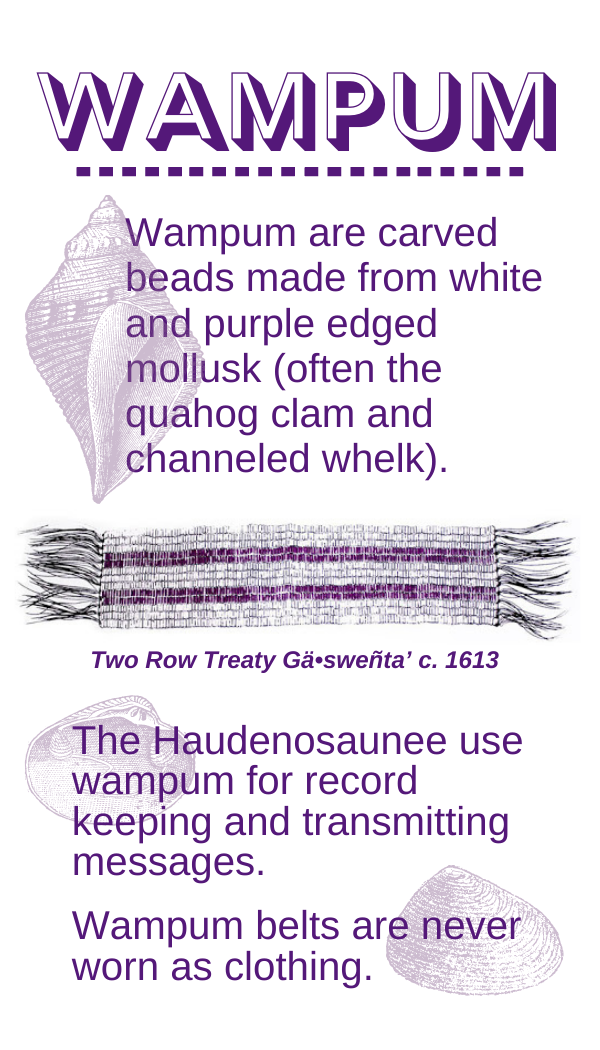
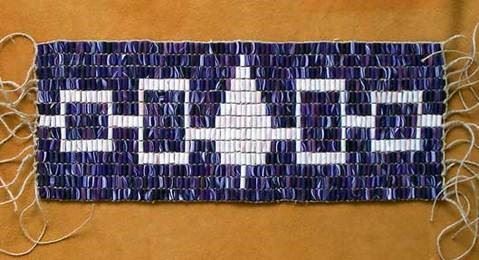
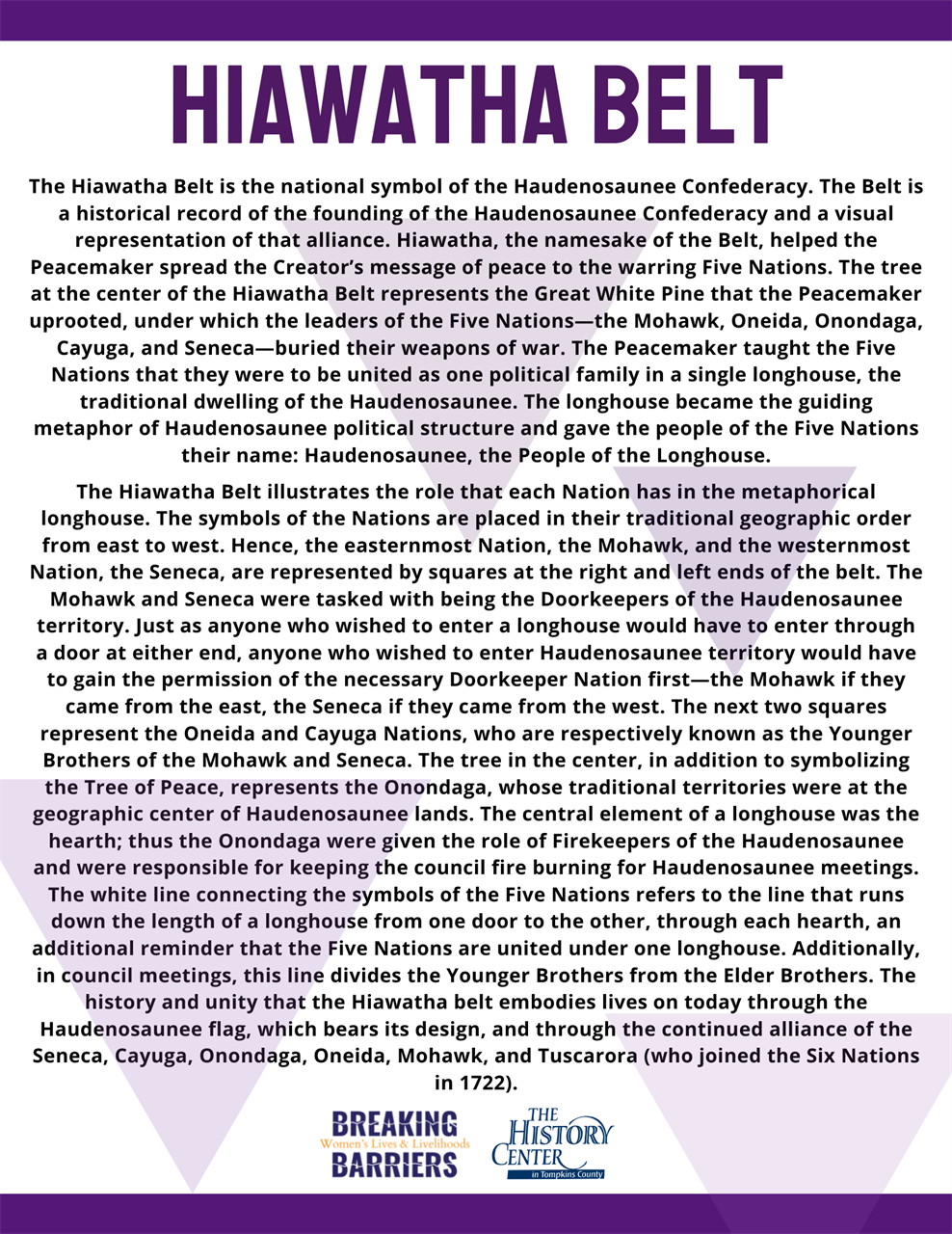
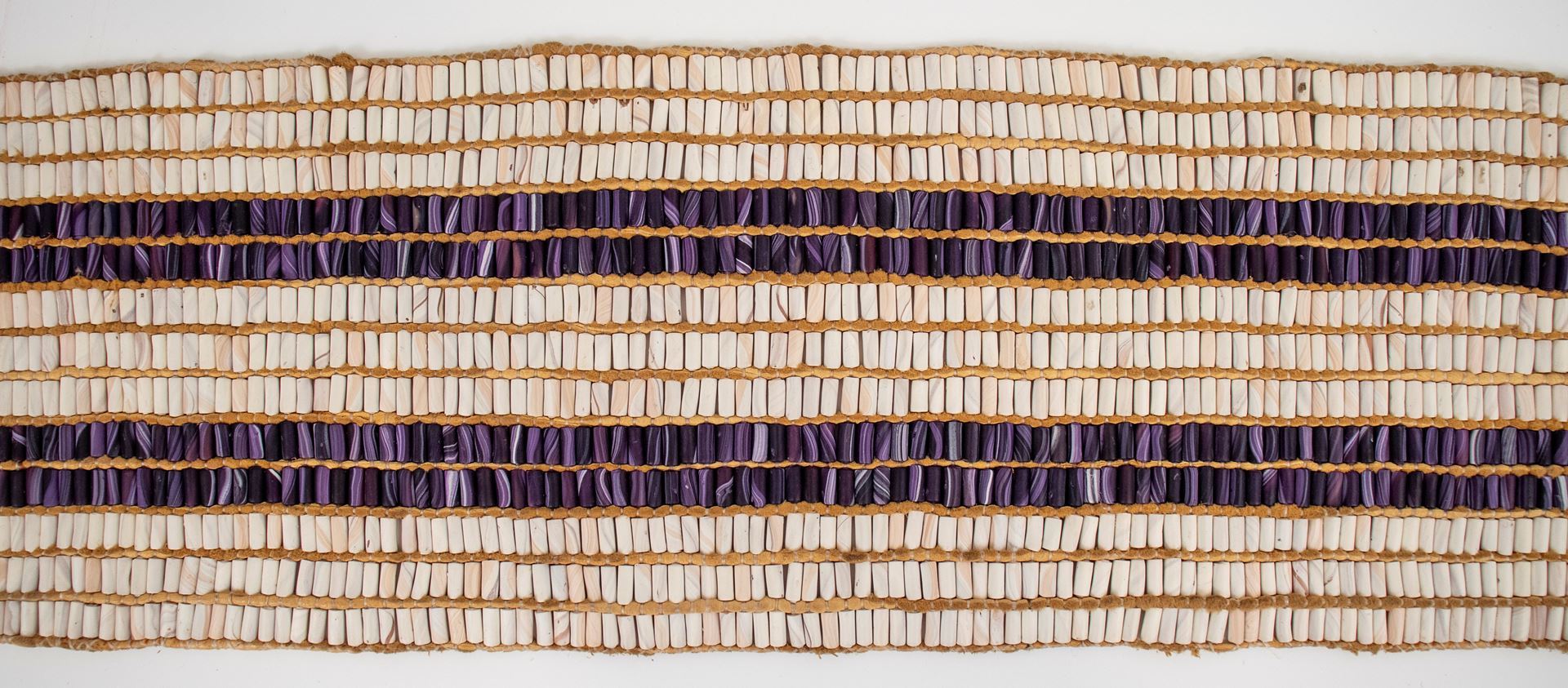


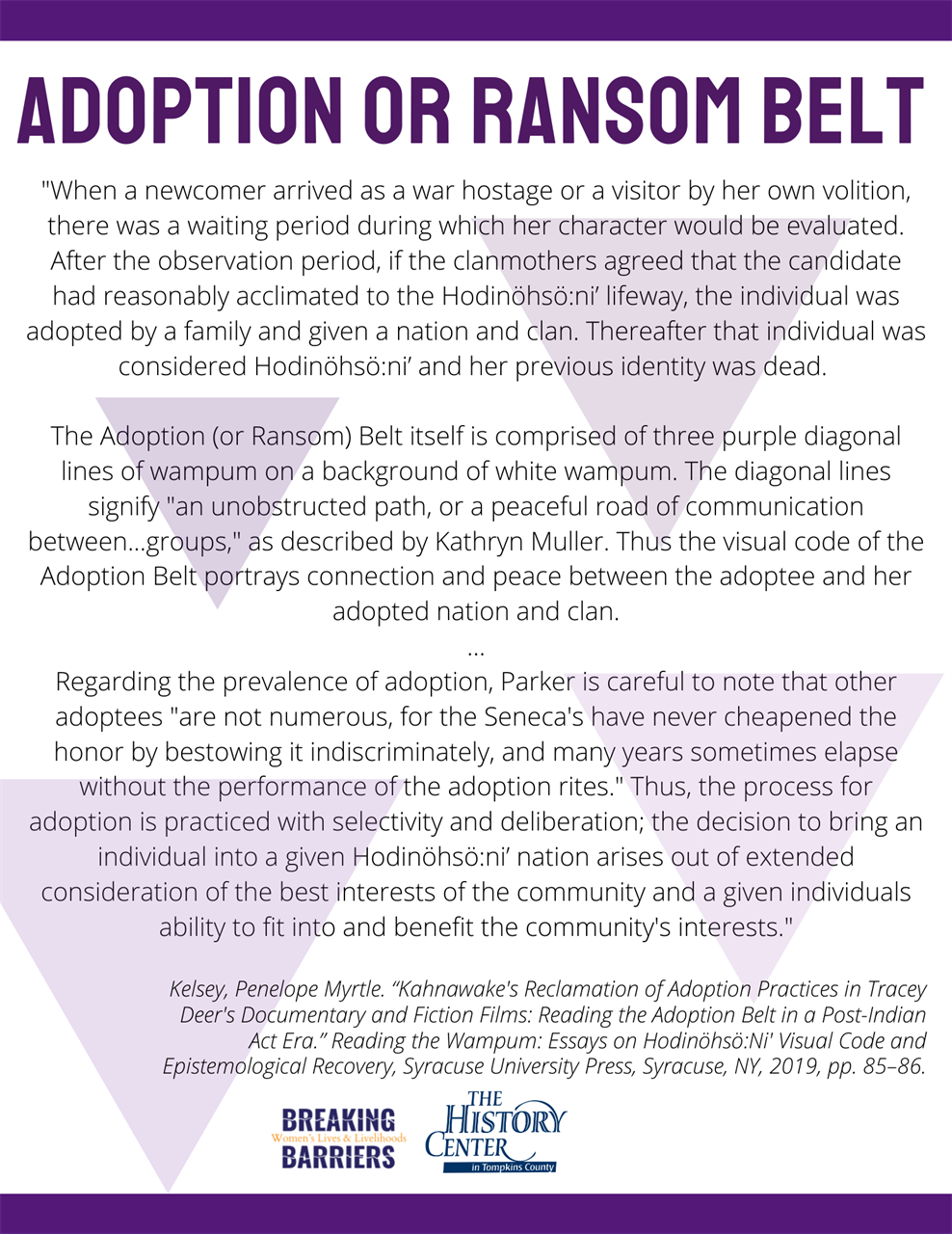



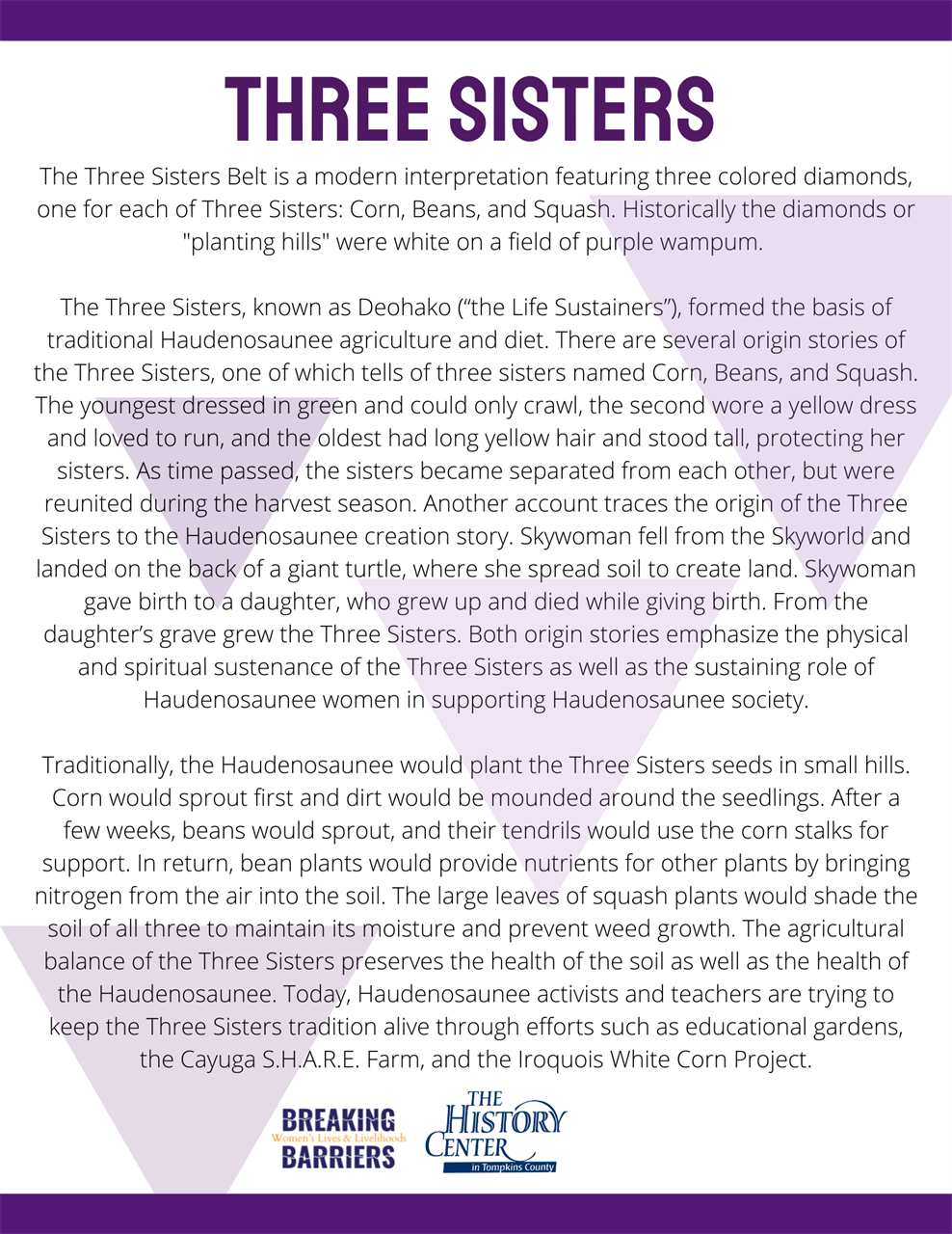

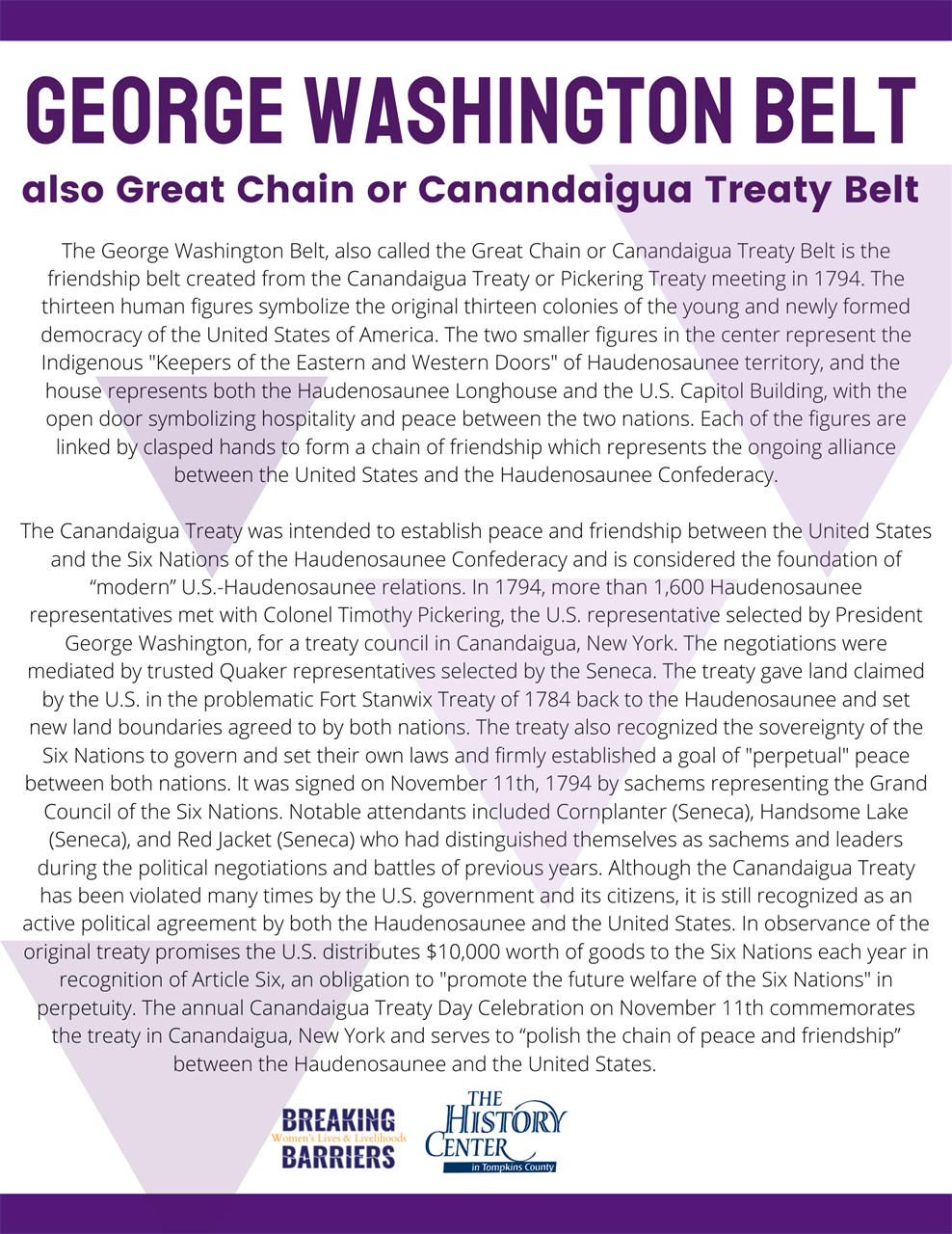
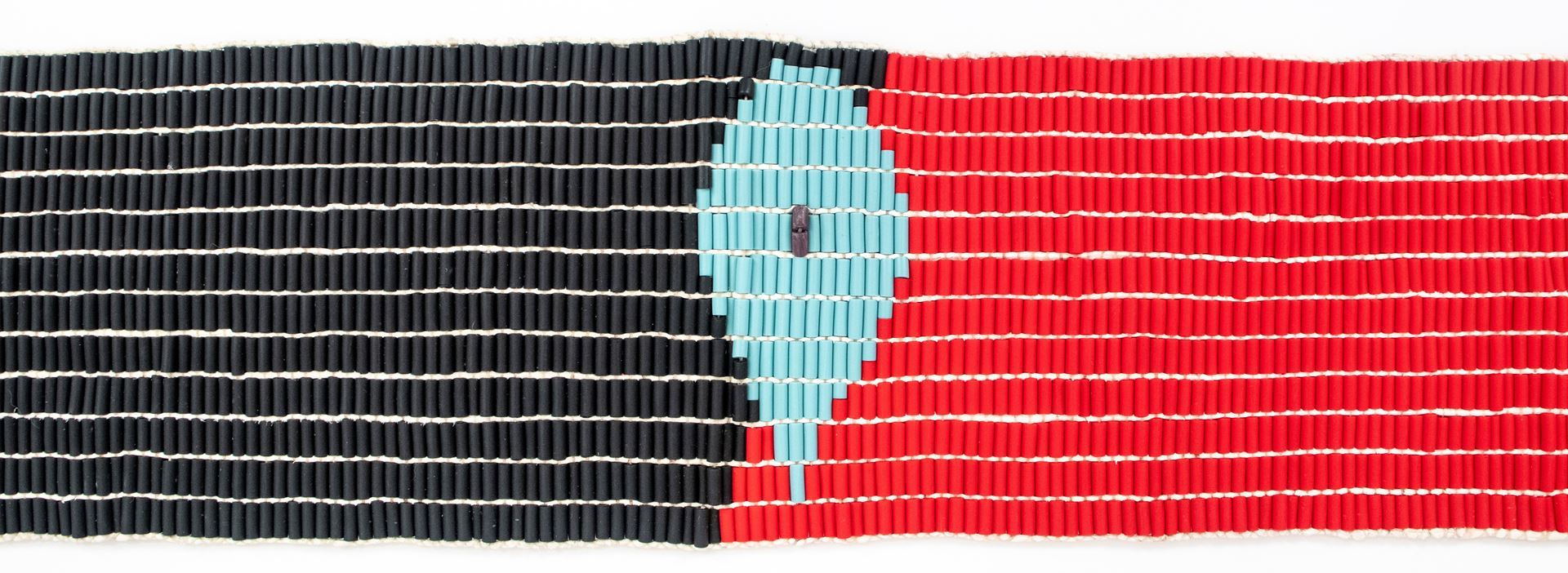


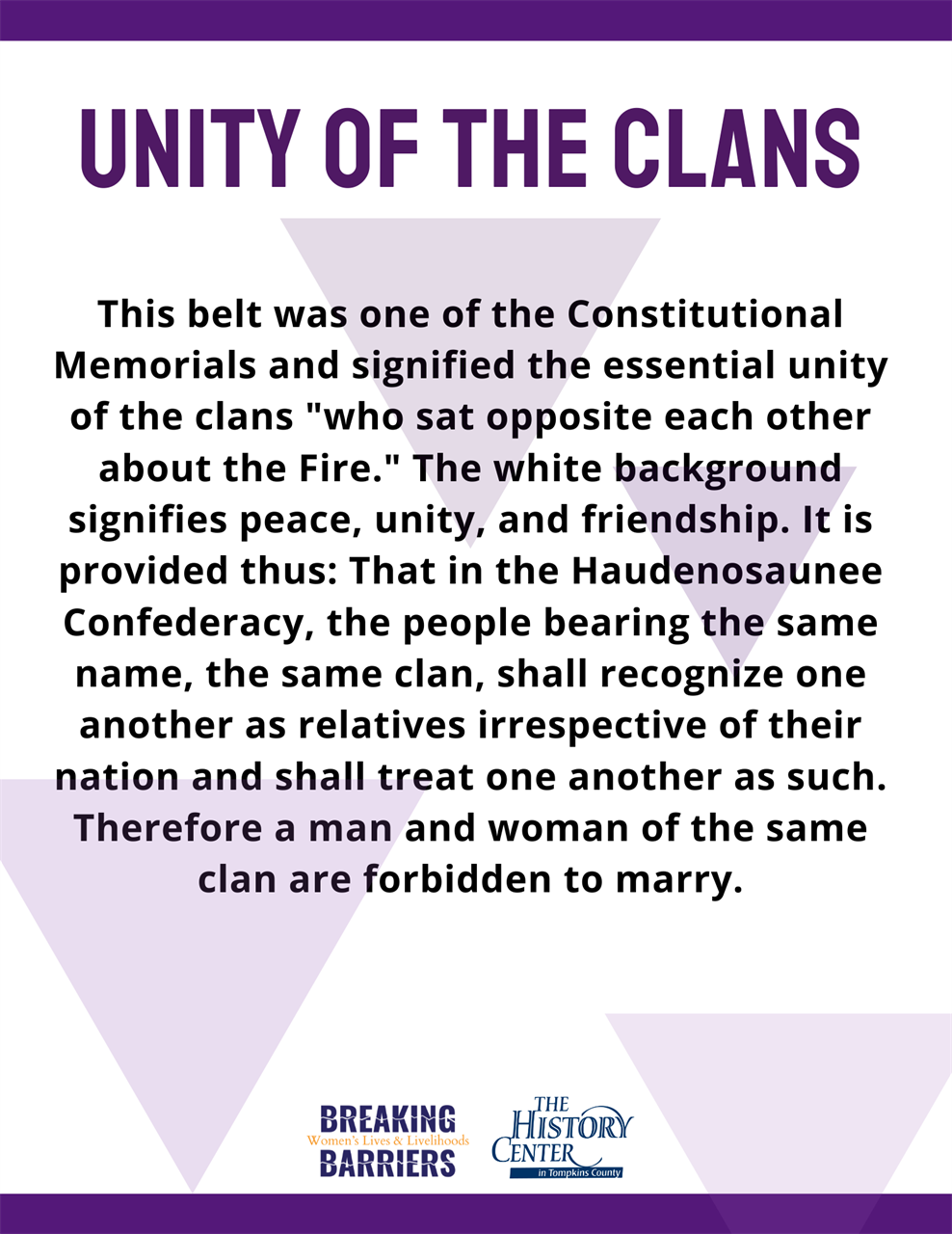
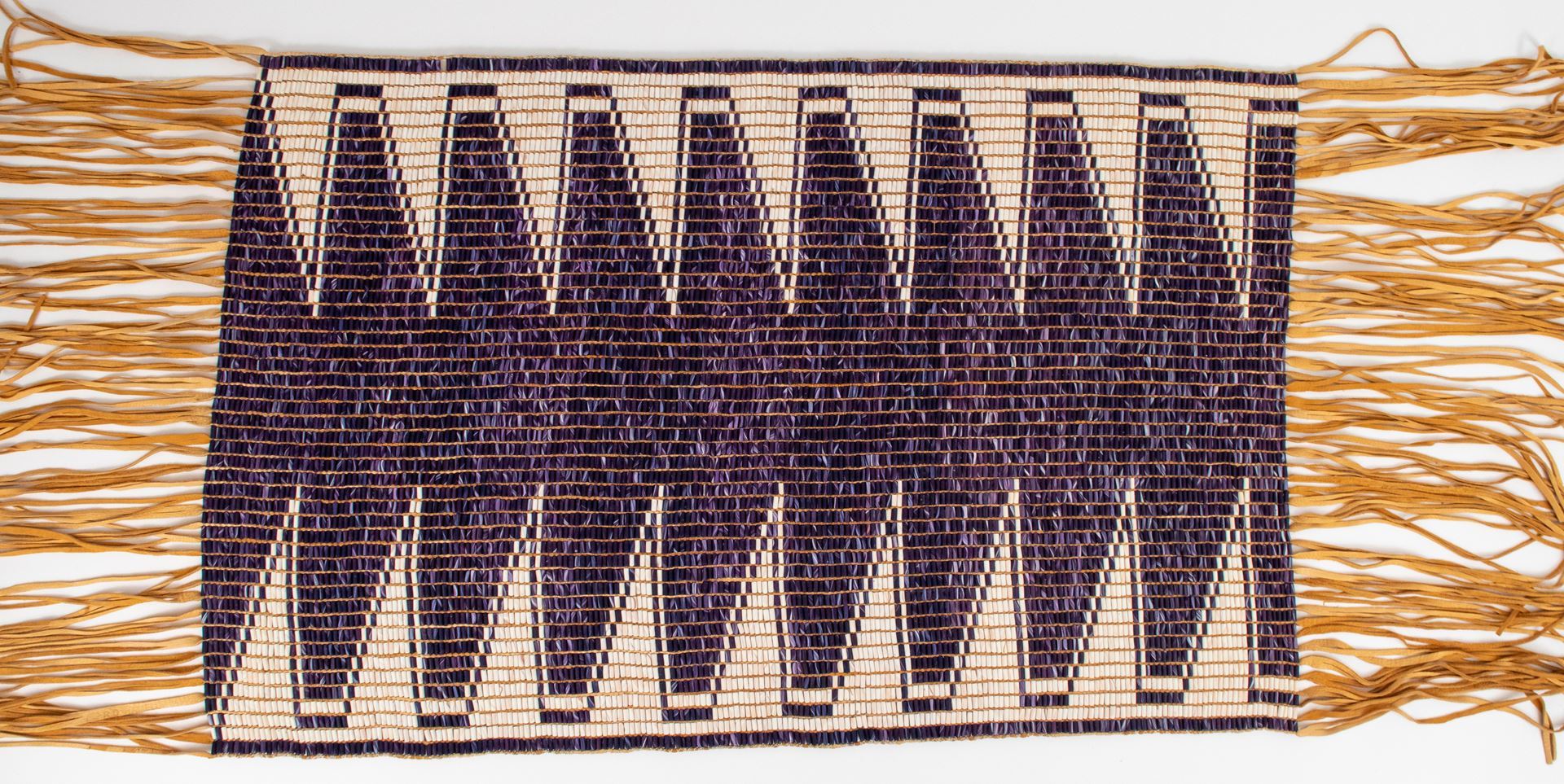
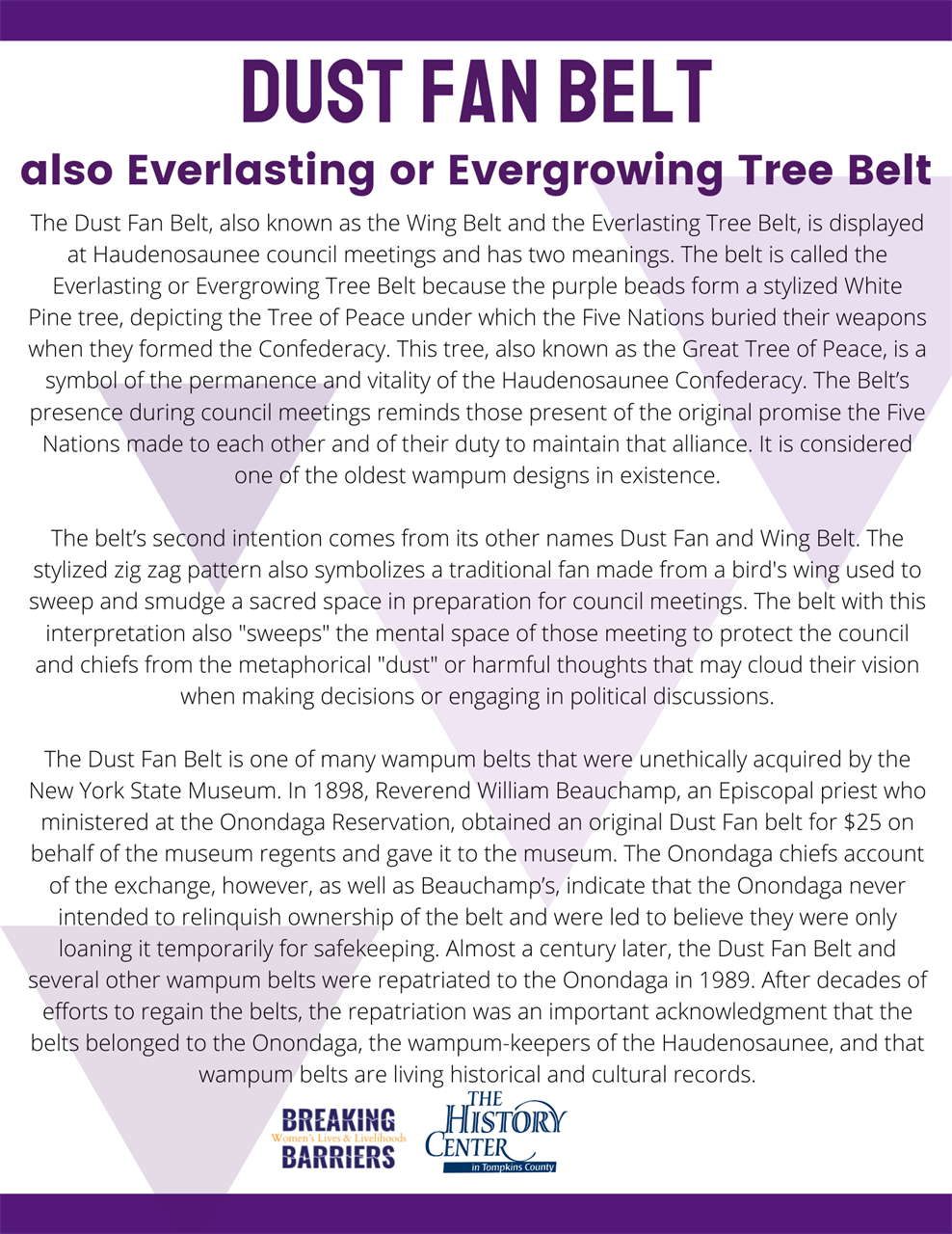

.png)

.png)

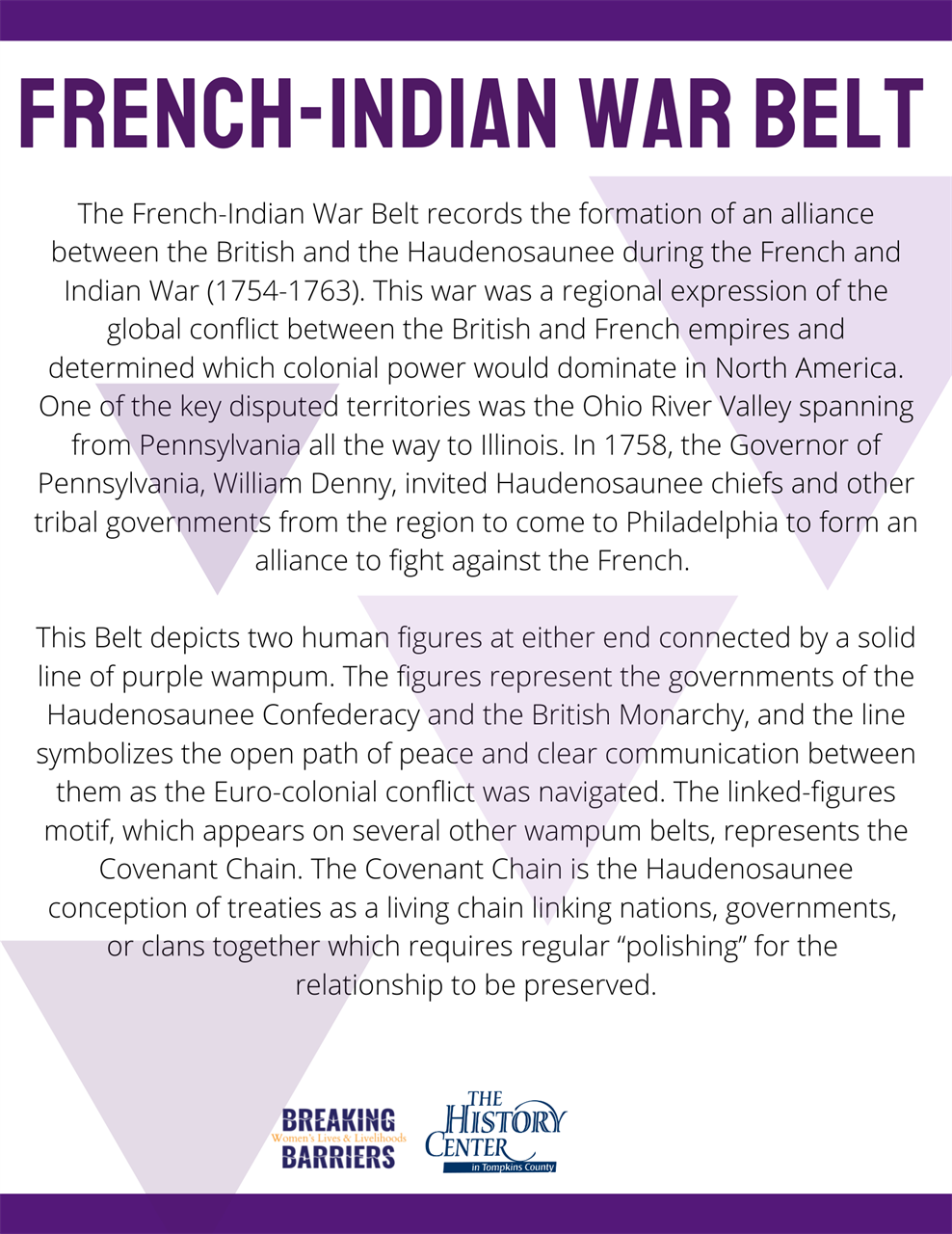
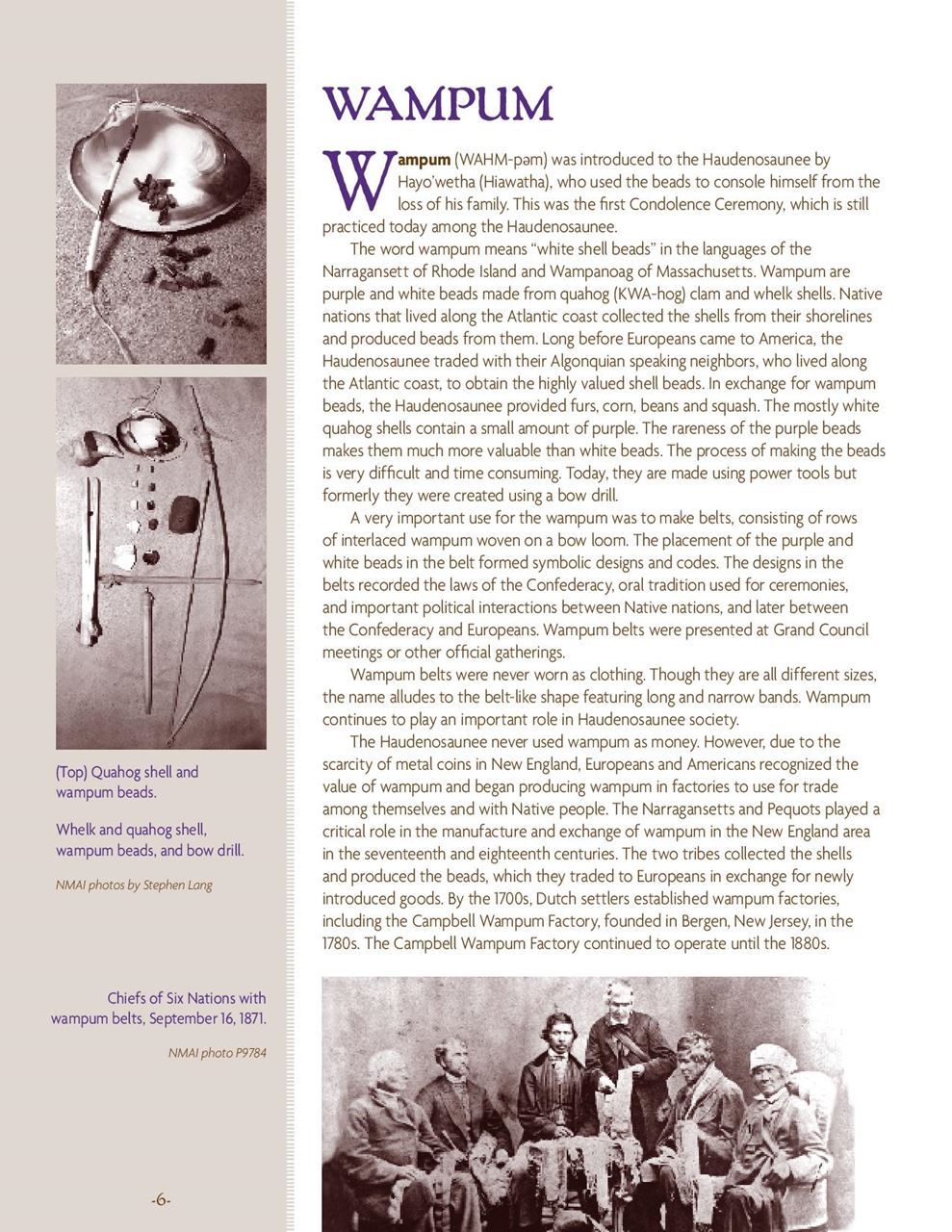
-page-001.jpg)












